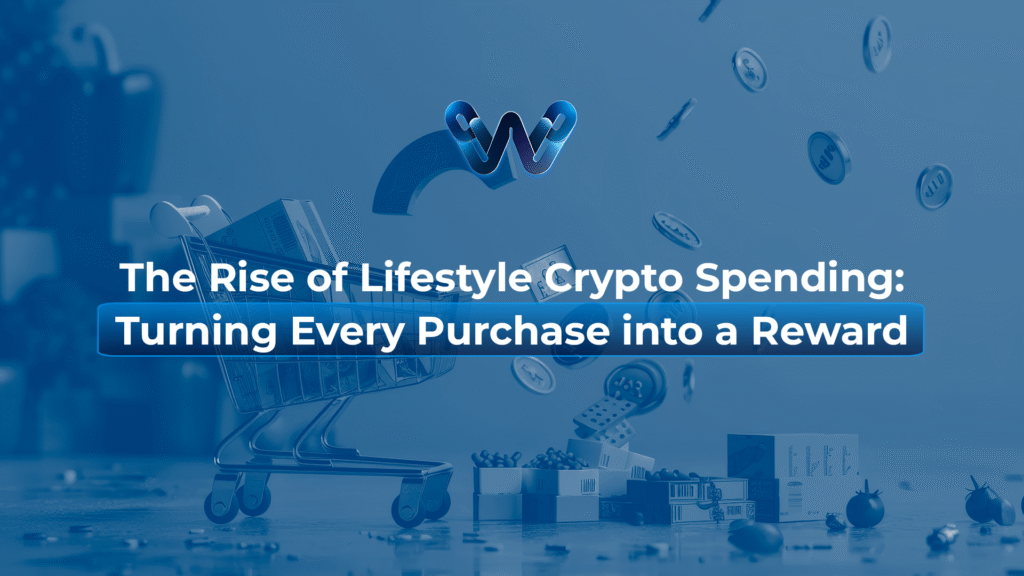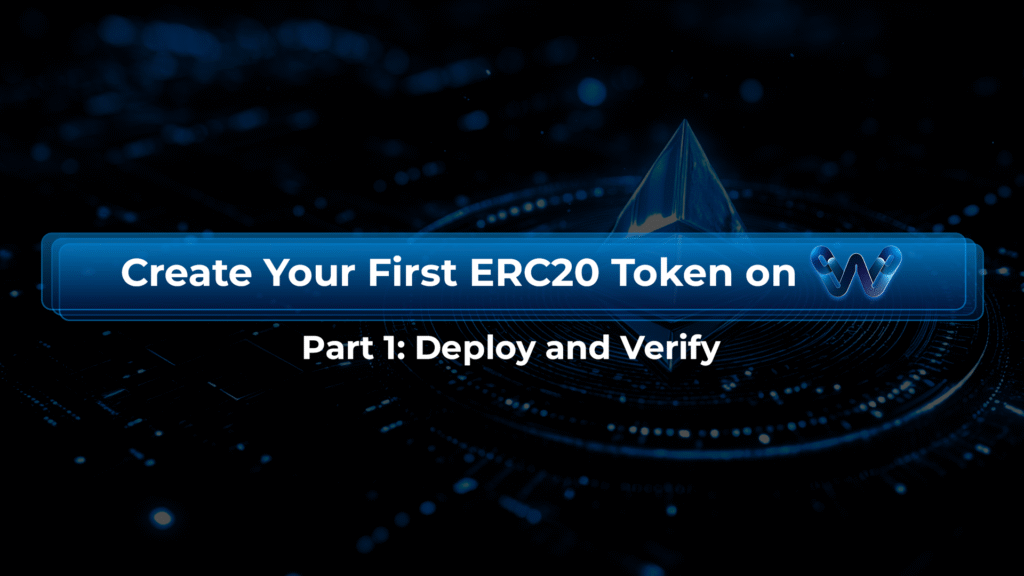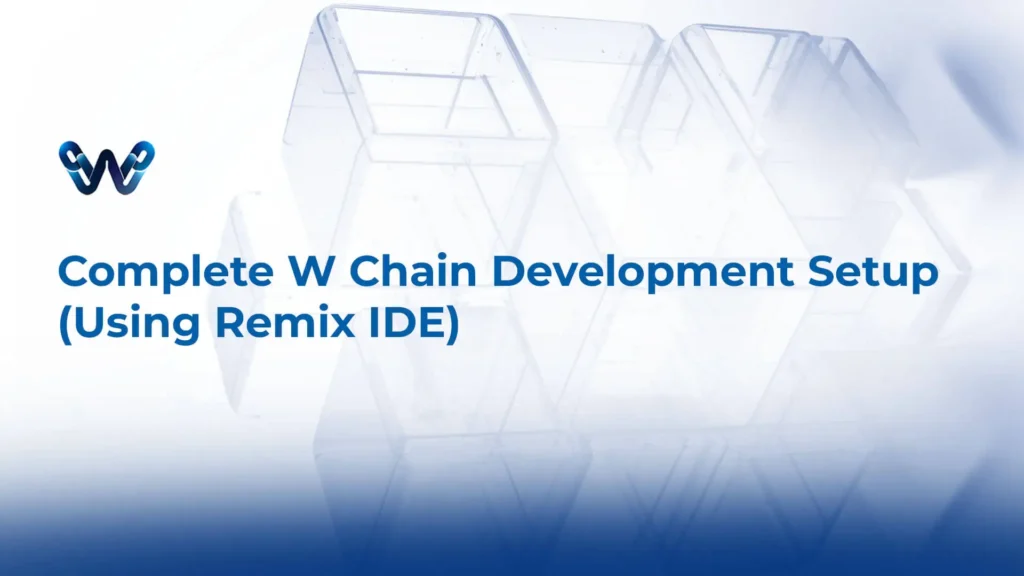In the fast-evolving world of blockchain technology and decentralized finance (DeFi), native coins play a foundational role in powering entire ecosystems. Just as ETH is to Ethereum or BNB to BNB Chain, WCO is the native coin of W Chain — and it’s more than just a utility token. It’s the fuel that drives transactions, the incentive for ecosystem participation, and the key to unlocking the full potential of a powerful blockchain infrastructure.
In this blog, we explore the purpose, utility, tokenomics, and future potential of WCO, and why it stands at the heart of everything W Chain is building.
The Foundation: What is W Chain?
Before diving into WCO, it’s essential to understand W Chain, the blockchain it powers.
W Chain is a high-performance, Ethereum-compatible Layer 1 blockchain built to support the next generation of DeFi, digital payments, and real-world tokenization. Designed for both institutional and retail users, it combines the scalability of Proof-of-Stake (PoS) with the flexibility of EVM compatibility, enabling seamless integration with smart contracts, wallets, and decentralized applications (dApps).
W Chain supports a growing ecosystem of products including:
- W Swap (decentralized exchange),
- W Bridge (cross-chain asset transfers),
- W Explorer (blockchain transparency),
- Premium Accounts, and more.
At the center of this ecosystem is the WCO.
What is WCO?
WCO is the native coin of the W Chain blockchain. It’s more than just a digital currency; it is the utility layer that powers transactions, secures the network, enables DeFi activities, and supports user and developer engagement.
It plays a central role in:
- Paying gas fees
- Staking and securing the network
- Accessing DeFi products like W Swap
- Cross-chain bridging
- Rewarding liquidity providers and ecosystem contributors
By holding and using WCO, users actively participate in the W Chain economy — from simple transfers to complex staking and yield-generating strategies.
Key Utilities of WCO
Here’s a breakdown of what makes WCO functionally powerful:
- Transaction Fees (Gas)
Every transaction on W Chain — whether it’s a token transfer, smart contract execution, or interaction with a dApp — requires WCO to pay gas fees. This makes it essential for all on-chain activities. - Staking and Validator Rewards
As W Chain operates on a Proof-of-Stake consensus, users can stake WCO to help validate blocks and secure the network. In return, stakers earn rewards in WCO, creating a sustainable incentive mechanism. - DeFi Access via W Swap
WCO is deeply integrated into W Swap, the official decentralized exchange of the W Chain ecosystem. Users can swap WCO, add liquidity, or stake LP tokens to earn attractive yields. It’s a DeFi powerhouse. - Bridge Utility
With W Bridge, users can transfer assets from chains like Ethereum to the W Chain. WCO plays a role in enabling these cross-chain transactions, keeping fees low and execution fast. - Ecosystem Incentives
From community rewards to ecosystem grants, WCO is the primary token used to incentivize participation, innovation, and collaboration within the W Chain network.
Built for Performance: Why WCO Stands Out
WCO isn’t just another native token — it has been designed with long-term scalability, utility, and economic health in mind.
Here’s what sets it apart:
- Low-Cost Transactions
Thanks to W Chain’s high-efficiency PoS model, transactions using WCO come with minimal fees, making it ideal for both high-volume trading and micro-transactions. - High-Yield Staking Options
WCO holders can participate in various DeFi strategies, including staking on W Swap and earning WAVE tokens — boosting returns beyond typical staking models. - EVM Compatibility
WCO is used in smart contracts across EVM-compatible dApps on W Chain, allowing developers to build applications that seamlessly integrate WCO as a core currency.
WCO Tokenomics Overview
Understanding the economics behind WCO is crucial for both users and investors. Here’s a high-level overview:
- Token Name: W Chain Coin (WCO)
- Blockchain: Native coin on W Chain
Consensus - Mechanism: Proof-of-Stake
- Supply Model: Fixed supply with long-term deflationary potential
- Distribution: Community incentives, staking rewards, ecosystem grants, team, and reserve allocations.
WCO’s tokenomics is designed for sustainability, with mechanisms in place to ensure demand grows alongside ecosystem adoption.
Security & Transparency
WCO operates within the secure infrastructure of W Chain, which features:
- On-chain transparency via W Explorer
- Non-custodial asset management
- Audited smart contracts for DeFi applications
With every transaction verifiable on-chain and low risk of centralized interference, WCO holders can trust in the security and openness of the ecosystem.
The Future of WCO: What’s Coming Next?
The roadmap for WCO is closely tied to W Chain’s broader mission of bridging traditional finance with Web3.
Here are a few exciting developments ahead:
- Expanded DeFi utilities including new staking products and reward tiers.
- Integration with more dApps and partners across regions.
- WCO-powered payment utilities for real-world merchant use cases.
- Increased cross-chain functionality, bringing more liquidity and users to W Chain.
As W Chain continues to scale and onboard partners from traditional finance, retail, and Web3 sectors, WCO is poised to become an essential digital asset in real-world and virtual finance alike.
Final Thoughts: Why WCO Matters
WCO is more than a means of transaction — it’s a core enabler of a fast-growing, decentralized ecosystem that values transparency, performance, and user empowerment.
Whether you’re a trader, investor, developer, or blockchain enthusiast, understanding and utilizing WCO gives you direct access to:
- Cutting-edge DeFi tools
- Passive earning opportunities through staking
- Low-cost, fast transactions
- An expanding cross-chain and real-world ecosystem
As the W Chain ecosystem continues to evolve, WCO is positioned at the centre of it all — driving forward innovation, inclusion, and on-chain utility.



